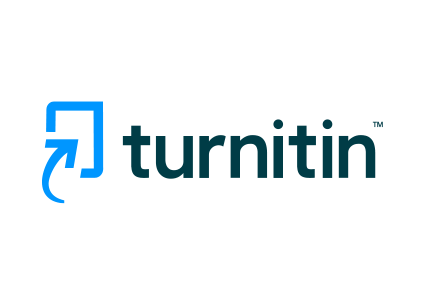MODERN TECHNOLOGY'S ROLE IN ADVANCING SCIENTIFIC LEARNING AND EXPERIMENTATION: INSIGHTS FROM MATHEMATICS AND SCIENCE STUDENTS AT UNIVERSITAS NEGERI MEDAN (UNIMED)
Keywords:
Education Techonology, Scientific Tools, Virtual Labs, Student EngagementAbstract
The integration of modern technology into education has profoundly influenced the teaching and learning processes, particularly in mathematics and science. This study explores the role of technological tools in enhancing scientific learning and experimentation among students at Universitas Negeri Medan (UNIMED). A mixed-methods approach was utilized, combining quantitative survey data and qualitative insights to capture a holistic understanding of students’ experiences. The findings reveal that advanced tools such as simulations, virtual laboratories, and data analysis software enhance students’ conceptual understanding, foster engagement, and bridge the gap between theoretical knowledge and practical application. However, challenges persist, including limited access to updated equipment, inadequate training, and technical malfunctions, which disproportionately affect Physics and Chemistry students. To address these issues, the study recommends upgrading laboratory resources, implementing comprehensive training programs, and establishing technical support systems. This research highlights the transformative potential of technology in higher education and provides actionable recommendations to optimize its integration, contributing to the advancement of scientific education in Indonesia.
References
Dr. Bindu D, and Subin K S. The Impact of Virtual Reality Simulations on Learning Outcomes in Stem Education. 2 May 2024, https://doi.org/10.53555/kuey.v30i5.5618. Accessed 3 Sept. 2024.
“Handbook of Research on Educational Communications and Technology.” British Journal of Educational Technology, vol. 35, no. 4, July 2004, pp. 514–515, https://doi.org/10.1111/j.1467-
8535.2004.00409_15.x. Accessed 18 Jan. 2020.
Herman, Clem, and Diane Butler. “Innovations in STEM Distance Education.” Open Learning: The Journal of Open, Distance and E-Learning, vol. 34, no. 1, 6 Dec. 2018, pp. 1–5,
https://doi.org/10.1080/02680513.2018.1554477. Accessed 29 Apr. 2021.
Jung, Insung. “Technology Innovations and the Development of Distance Education: Korean Experience.” Open Learning: The Journal of Open, Distance and E-Learning, vol. 15, no. 3, Nov. 2000, pp. 217–231, https://doi.org/10.1080/713688402. Accessed 29 Nov. 2020.
McGuinness, Claire, and Crystal Fulton. “Digital Literacy in Higher Education: A Case Study of Student Engagement with E-Tutorials Using Blended Learning.” Journal of Information Technology Education: Innovations in Practice, vol. 18, 2019, pp. 001-028, https://doi.org/10.28945/4190.
O’Dea, Xianghan (Christine), and Julian Stern. “Virtually the Same?: Online Higher Education in the Post Covid-19 Era.” British Journal of Educational Technology, vol. 53, no. 3, 4 Mar. 2022, https://doi.org/10.1111/bjet.13211.
“Virtual Labs: Exploring New Boundaries in Teaching Biology.” Advances in Biology Laboratory Education, vol. 42, 2022, https://doi.org/10.37590/able.v42.abs24. Accessed 28 May 2022.










